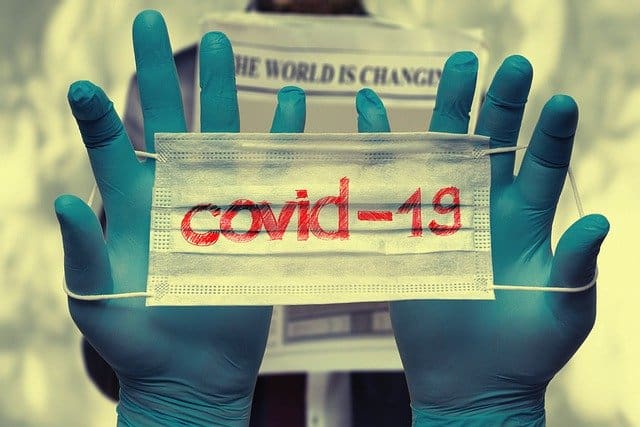A study published in the journal ‘Current Biology’ has described that a new coronavirus in bats, which is similar to the Covid-19 virus, contains amino acid insertions at the junction of the subunits S1 and S2 of the virus’s tip protein, similar to what happens in SARS-CoV-2. Although not a direct evolutionary precursor to SARS-CoV-2, this new virus, known as RmYN02, suggests that such seemingly unusual insertion events can occur naturally in the evolution of coronavirus, so it ruled out that they occurred genetically in a laboratory.
“Since the discovery of SARS-CoV-2, there have been a number of unfounded suggestions that the virus has a laboratory origin. In particular, it has been proposed that the insertion of S1/S2 is very unusual and perhaps indicates laboratory manipulation. Our work shows very clearly that these events occur naturally in wildlife. This provides strong evidence against SARS-CoV-2 being a laboratory escape,” explains the work’s lead author, Weifeng Shi, director and professor at the Institute of Pathogen Biology at Shandong First Medical University in China.
Researchers identified RmYN02 from an analysis of 227 bat samples collected in China’s Yunnan Province between May and October 2019. “Since the discovery that bats were the reservoir of SARS coronavirus in 2005, there has been a strong interest in bats as a reservoir species of infectious diseases, particularly because they carry a very high diversity of RNA viruses, including coronaviruses,” Shi says.
Sample RNA was sent for next-generation metagenomic sequencing in early January 2020, shortly after the discovery of SARS-CoV-2. Throughout the genome, the closest relative of SARS-CoV-2 is another virus, called RaTG13, which was previously identified in bats in Yunnan province. But RmYN02 is even more closely related to SARS-CoV-2 in some parts of the genome, including in the longer coding section of the genome called 1ab, where they share 97.2 per cent of their RNA.
The researchers note that RmYN02 does not look much like SARS-CoV-2 in the genome region that encodes the key receptor binding domain that binds to the human ACE2 receptor that SARS-CoV-2 uses to infect host cells. This means that RmYN02 is unlikely to infect human cells.
The key similarity between SARS-CoV-2 and RmYN02 is that RmYN02 also contains amino acid inserts at the point where the two subunits of its tip protein meet. SARS-CoV-2 is characterized by the insertion of four amino acids at the junction of S1 and S2; this insertion is unique to the virus and has been present in all SARS-CoV-2 cases sequenced so far. The inserts in the RmYN02 are not the same as those of the SARS-CoV-2, indicating that they occurred through separate insert events.
But a similar insertion event occurred in a virus identified in bats strongly suggests that such insertions are of natural origin. “Our findings suggest that these insertion events that initially appeared to be very unusual may, in fact, occur naturally in animal betacoronavirus,” Shi argues.
“Our work sheds more light on the evolutionary ancestry of SARS-CoV-2. Neither RaTG13 nor RmYN02 are the direct ancestors of SARS-CoV-2, because there is still an evolutionary gap between these viruses. But our study strongly suggests that sampling more wildlife will reveal viruses that are even more closely related to SARS-CoV-2 and perhaps even to their direct ancestors, which will tell us a lot about how this virus arose in humans,” he concludes.
